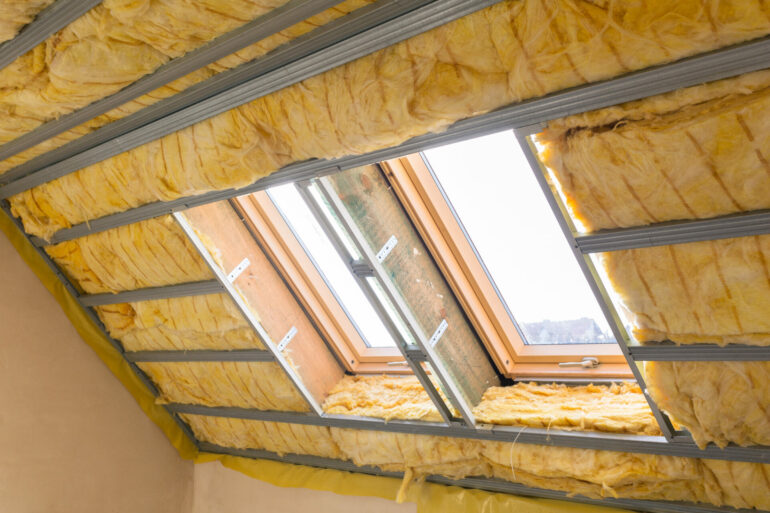New analysis by Savills indicates that approximately 2.9 million homes in the private rental sector need to be upgraded to meet the proposed regulations requiring all properties to reach an EPC C rating. The regulations are set to be introduced in an effort to ensure energy efficiency across the housing sector.
According to the research, the total cost of the necessary upgrades could reach £30bn. However, if the government were to implement a proposed £10,000 cap per property, the cost could be limited to £25bn.
At present, the minimum EPC requirement across England and Wales is E. Although there were plans to increase the requirement to EPC C by 2028, these plans may now be postponed. The research from Savills suggests that if the proposed regulations are enacted, over half of the 5.7 million homes in the private rental sector will need upgrades.
Lucian Cook, Savills head of residential research, said: “This analysis underscores the enormity of the challenge facing the private rented sector at a time when many landlords struggle to cover their costs.” Cook added that while postponing the implementation might ease the immediate financial pressure on landlords, other factors, such as current mortgage costs and the termination of assured shorthold tenancies, are likely to force some investors to reassess their holdings, potentially limiting supply and driving up rent prices.
The problem is most pronounced among older housing stock. Of the 728,138 EPC certificates issued for private rental homes in 2021-2022, 51% remained below the EPC C level, down from 73% in 2016-2017. Furthermore, 71% of homes built prior to 1950 received an EPC below C in 2021-22, while only 12% of properties built after 1995 require upgrades.
Upgrading costs vary significantly, with a property currently at EPC D requiring an estimated £8,807 for a full upgrade to EPC C, while a property currently at EPC G would require an estimated £27,366.
“Funding these works will be challenging,” commented Cook, highlighting the considerable costs of large-scale improvements such as solar PV and heating, solid wall, and solid floor insulation. He further noted that older homes not only are more likely to require upgrades but also typically require more extensive and expensive work to reach the EPC C standard.



